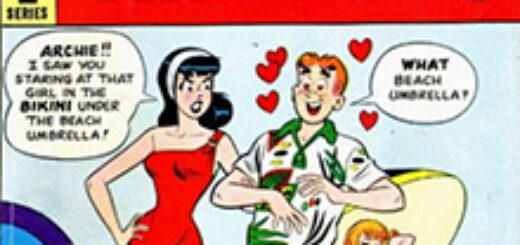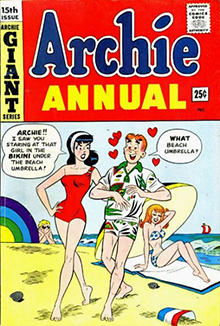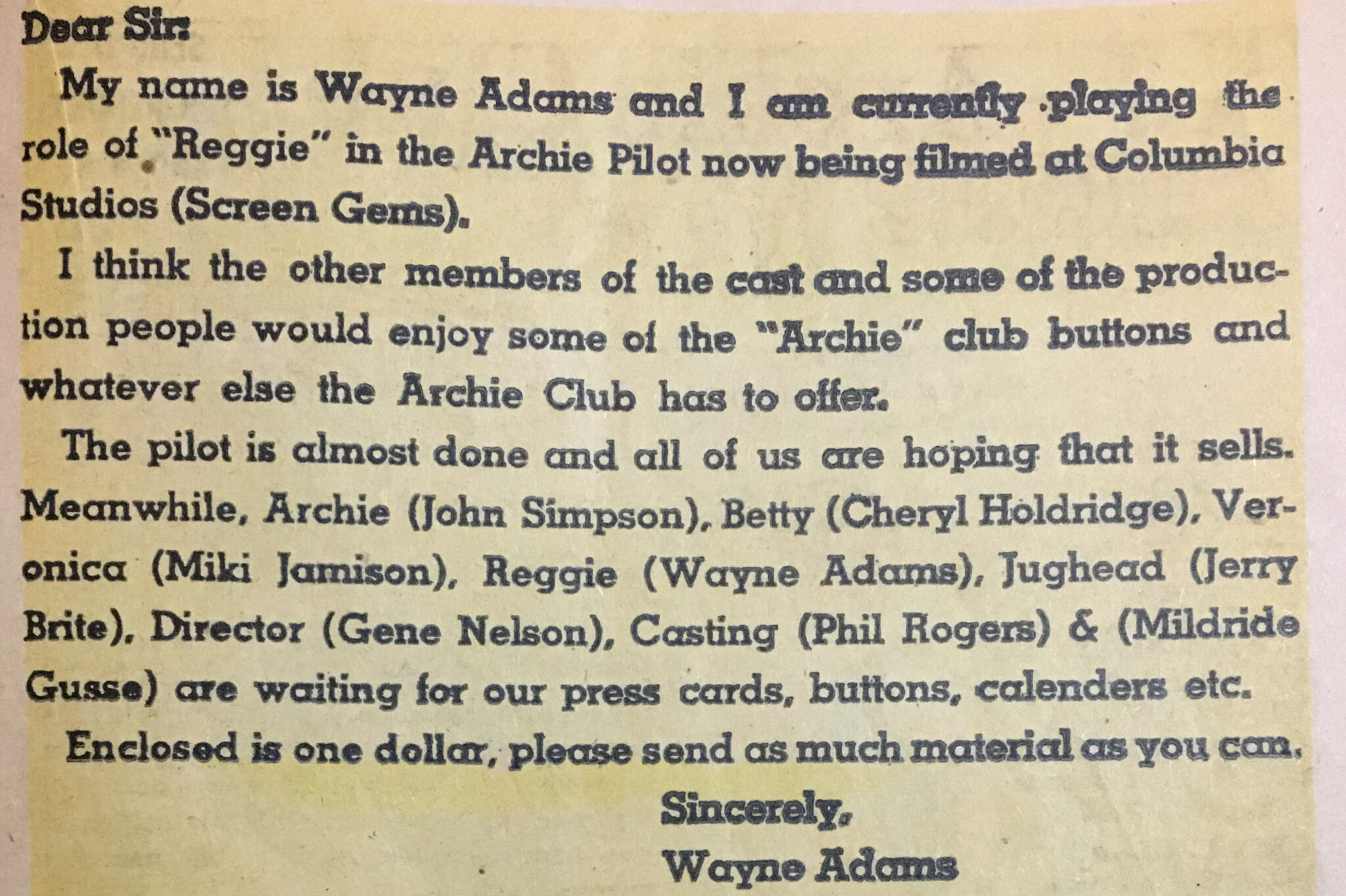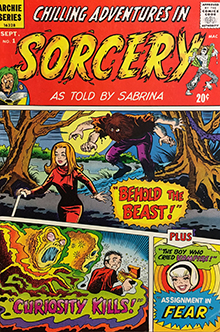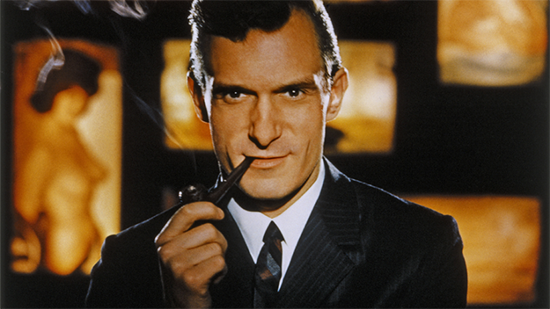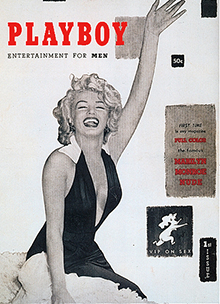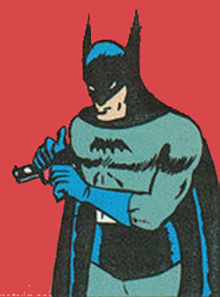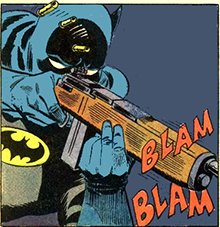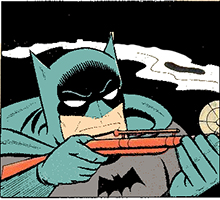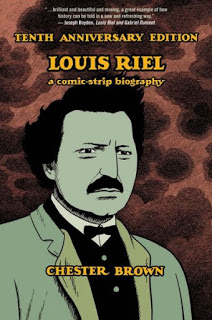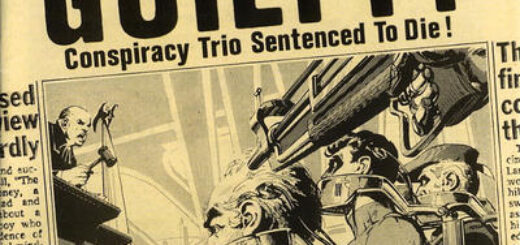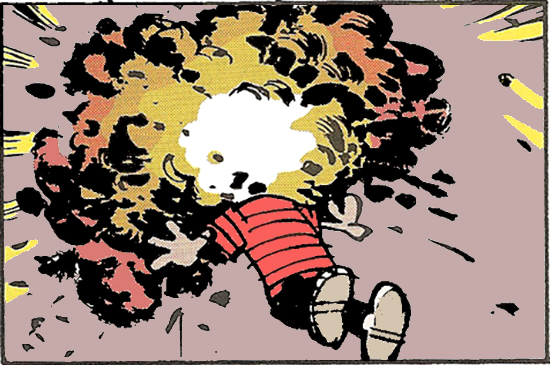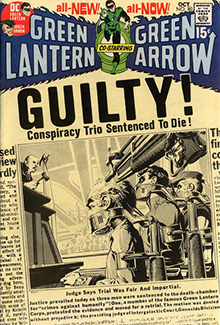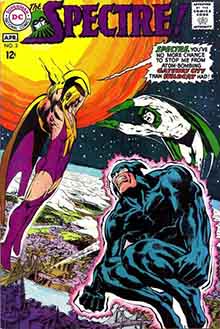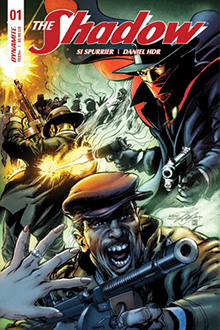REVIEW: iZombie the Complete Third Season
 There has been a certain joyfulness to the CW’s iZombie which was missing in the original Vertigo series. Producer Rob Thomas has also been wise in making each season feel slightly different than the preceding one to keep things fresh. It certainly helps to have shorter seasons for a more potent viewing experience. Warner Home Entertainment has released iZombie the Complete Third Season on DVD while Warner Archive offers up a Blu-ray version.
There has been a certain joyfulness to the CW’s iZombie which was missing in the original Vertigo series. Producer Rob Thomas has also been wise in making each season feel slightly different than the preceding one to keep things fresh. It certainly helps to have shorter seasons for a more potent viewing experience. Warner Home Entertainment has released iZombie the Complete Third Season on DVD while Warner Archive offers up a Blu-ray version.
Much of the credit beyond Thomas’ light touch goes to Rose McIver who plays Liv, the zombie who must consume a deceased’s brains once a month otherwise be turned into your stereotypical monster. Once she devours the brains, she briefly takes on the person’s aspect giving her a chance to go from vamp to klutz, a performance second only to Tatiana Maslany’s many-faceted clone over at Orphan Black.
She’s surrounded by a strong supporting cast led by Liv’s ex-fiancé Major (Robert Buckley), also a zombie. We open the third season to deal with ramifications of Chase Graves’ (Jason Dohring) company Filmore Graves having taken over energy drink producer Max Rager for reasons that get spelled out throughout the season. The idea of a home in Seattle for the growing population of zombies is an interesting one but things are never simple.
The inter-relationships have deepened this year as police detective Clive Babineaux (Malcolm Goodwin) learns the truth about Liv, making him more of an ally. Being a CW show, there are plenty of romantic complications, notably Ravi Chakrabarti (Rahul Kohli) learning that Peyton (Aly Michalka) has slept with former zombie, once more human Blaine (David Anders).
Everything, gets shoved aside as D-Day approaches, with Carey Gold (Anjali Jay) releasing the Aleutian Fly as part of the master plan. When Aleutian Flu vaccines containing zombie virus are beginning to spread among the populace. The final episodes packs a little too much exposition into the beginning, which may show some earlier plotting missteps. To warn America about the plot, Liv agrees to let Johnny Frost (Daran Norris) broadcast that is not only warning about the tainted vaccine but that zombies already walk among them. This sets up an intriguing new status quo for the forthcoming season four.
The DVD set has fine transfers so audio and video are good for rewatching. There are a handful of deleted scenes throughout, including a thread about the Major seeking zombie turned called girl Natalie (Brooke Lyons). Beyond that we have the obligatory 2016 iZombie panel from San Diego Comic-Con.


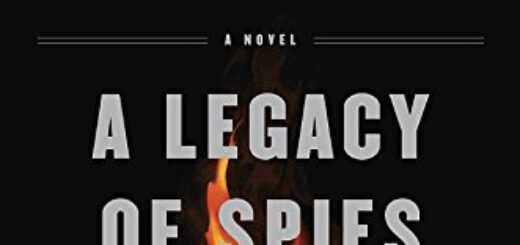
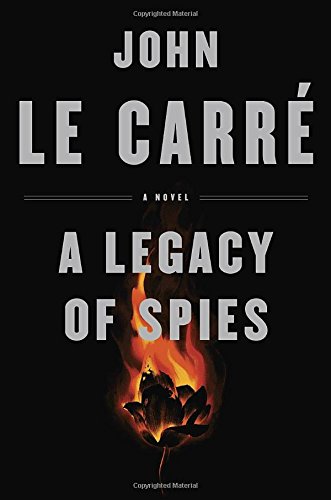 I’m a huge (or as our president would say, YUGE) fan of
I’m a huge (or as our president would say, YUGE) fan of 